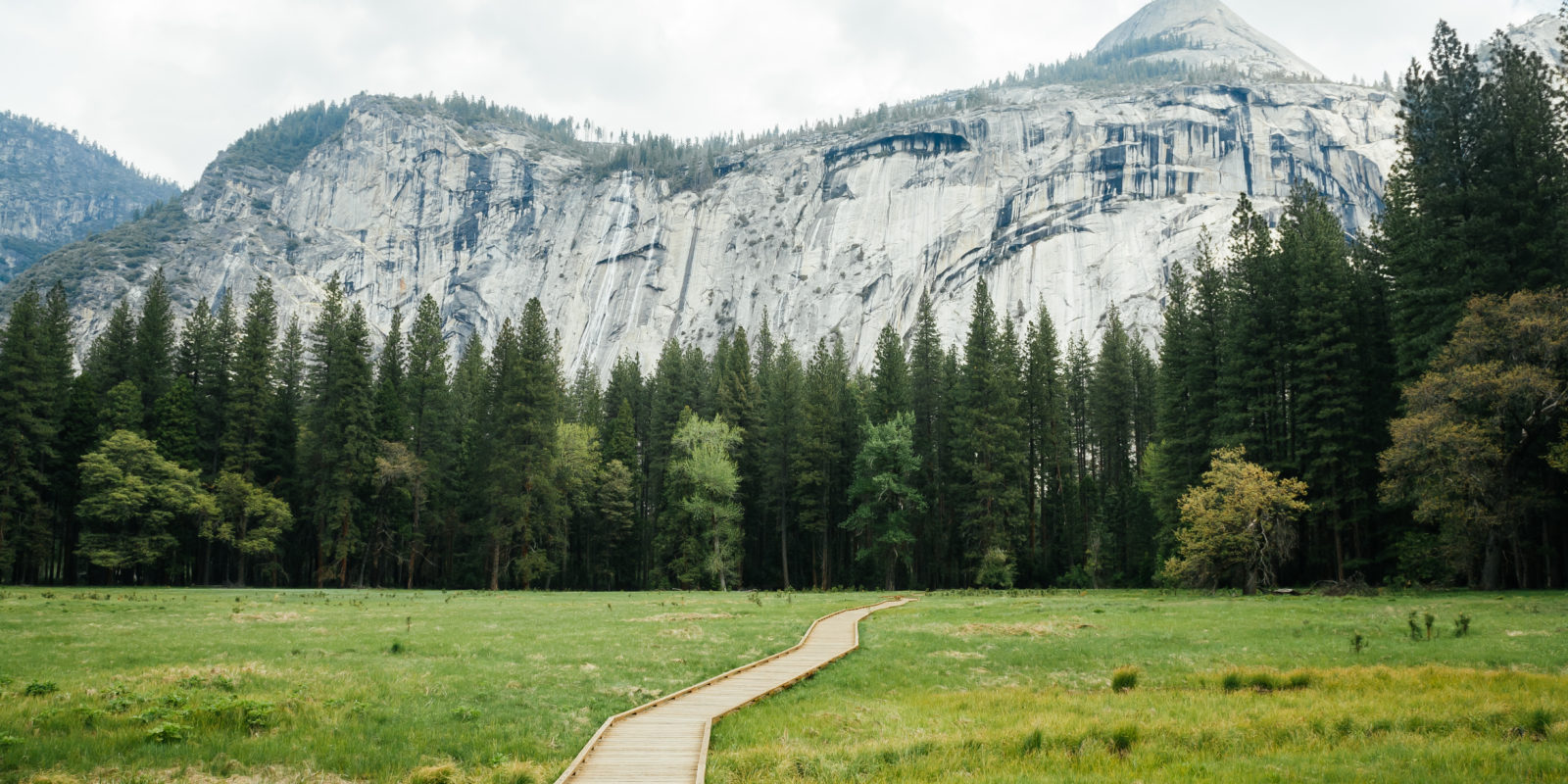
‘Watermelon’ Pink Snow Is Covering the Tops of Yosemite’s Mountains
Yes, Yosemite still has snow on its peaks in summer. But this summer’s snow is different

Getty Images / Alexander Spatari
Yosemite National Park is always a glorious place to see. But, this week, visitors were treated to something extra special at the park—pink snow.
A couple weeks ago, rangers shared a photo of the magnificent and rare weather event on Facebook. In a post, the rangers said the pink snow was not only safe, but it’s actually a pretty regular occurrence in the park.
https://www.facebook.com/YosemiteNPS/posts/2385377041510564According to the post, some snow at elevations higher than 9,500 feet can appear pink or even red in the summer months. The color is caused by algae (called Chlamydomonas nivalis) that, “thrives in freezing temperatures and liquid water, living on the snow,” the park said in the post.
Although this particular type of algae is naturally green, the rangers explained, it has a pigment called carotenoid that acts as a protective barrier. It’s a “natural type of sunscreen to protect itself from too much heat and damaging UV radiation,” the rangers said. This “sunscreen” bleeds out in the summer months, dying the area a darker color to protect that algae’s chlorophyll. This color will make the snow heat up faster and melt just a bit more quickly.
The phenomenon even has an adorable name: Watermelon snow. Though it’s a cute and delicious-sounding name one expert is warning it’s probably best not to eat it.
“Although it probably isn’t harmful to eat, we certainly don’t recommend it,” Scott Gediman, the park’s public affairs officer, told TODAY.